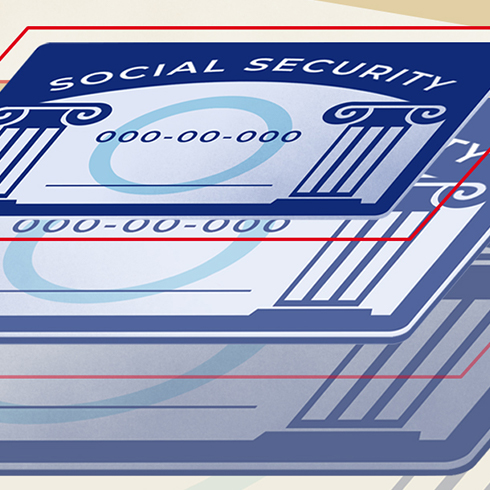Here’s how it works: As long as your teen has taxable compensation (think weekend or summer job), you can generally open an account for them through any bank, brokerage or wealth management firm that offers custodial Roth IRA accounts. You’ll be named as custodian until your teen reaches “the age of majority” (the age at which a person is legally considered an adult — usually 18 to 21, but it varies by state). At that point, your teen will assume control of the account.
The paperwork should be simple, and once the account is set up, the rules governing it are the same as those that apply to any other Roth IRA. After-tax dollars are used to fund the Roth; the maximum amount your teen can contribute annually for 2023 is $6,500, or the total amount of taxable compensation he or she earns during the year, whichever is less (assuming your teen does not exceed the adjusted gross income limit for Roth IRA contributions). Your financial advisor can walk you through the process and even give your teen some pointers on how to plan ahead for college and manage their money when they get there, says Greenberg.
The account will offer a range of options to choose from when deciding how to allocate the funds. “It’s a great opportunity to sit down and research potential investments together,” says Greenberg. Of course, investments can also lose value and a Roth IRA can be an effective vehicle for teaching teens the basics, such as the importance of diversification, sound fundamentals and the trade-offs between risk and return. Watch the video below with your teen to get started.



